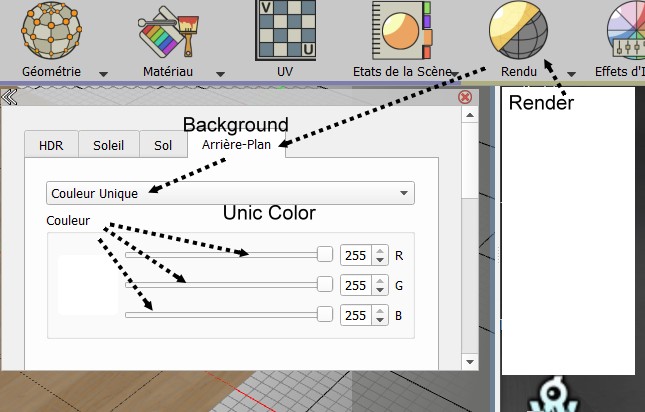

GPU_17 - 113.60 fps - mesh in Rendered Studio GPU_16 - 26 units mesh 15 fps in RenderSpeed GPU_13 - 149.30 fps - JoinedMesh RenderSpeed GPU_11 - 156.30 fps - RenderMesh RenderSpeed Awesome This is a brief video : take. this is a little visual test I made with your Deluxe car loaded into Rhino V5 and displayed with the 'Thea Render ' plugin (GPU powered). As you can see rendering with MATCAP is faster than without MATCAP.
Thea render gtx1080 windows 10#
GPU_09 - 50 units Nurbs 5 fps in RenderSpeed Nvidia Gtx 1080 Ti 11GB VRam Windows 10 Pro 64bit. GPU_07 - 22 units Nurbs 5 fps in Wireframe I’m using the latest version of Rhino 5 (SR 13) and the latest Nvidia drivers. The GTX1080 is working fine with Thea render at least. I bought this quite expensive video card because I thought I would get a big increase in Rhino (viewport) performance, and I’m now quite disappointed. There is also something else very strange : when I check the OpenGL properties, Rhino seems to detect only 4GB of VRAM, when the GTX 1080 has 8GB. So I used HW Monitor to see the usage of my CPU and my GPU (GTX 1080) and unfortunately, It appeared that when i’m moving inside of a viewport, there is no effect on the GPU, as if it was NOT used at all, whereas the CPU usage is 100%. Delete all the layers from the material, switch to the Medium tab and enable it by clicking on the checkbox. The problem is that the display is veeeery slow while rotating, zooming, panning, even in Wireframe Mode. In order to have fog in the scene, we need to create a new material and apply it to the container object that we created in the previous step. I’m actually working on quite a large 3D model of a part of NYC. I recently built a new workstation to work mostly in Rhino. To avoid higher render times, we can enable Extended Tracing from Render Settings that will take care of that.I’ve been using and loving Rhino for a few years now, but this is my very first post in the forum ! Note: Tracing depth also needs to be set to a higher number in order to see the fog effect. All the engines operate within the same framework and switching from one to another is just a click away. In order to control the density of the fog, we need to change the Scattering Density value. Thea Render is a state-of-the-art Biased, Unbiased and GPU renderer with a rich set of innovative features, a powerful material system and its own. Thea Render is the most versatile 3D renderer featuring state-of-the-art unbiased, and GPU engines. Thea Presto is an advanced rendering engine that was written from the ground up and optimized to run a GPU (NVIDIA and AMD) and a CPU concurrently. It shows CPU is used (if checked), but there is no mention of my GPU. 4) Spot-rendering (same result as 3) 4) Looking at render logs (i think). It is a unique renderer that can render using state-of-the-art techniques in photorealistic, bias-free, no-bias, and GPU-assisted rendering modes. 3) Unchecking CPU in render settings (and checking the GPU) (usually results in either an all-black render, or no render - i.e. For this to work, we need to go to the Camera Tab and from the bottom of the panel, in the Asssign Container section, switch from Global Medium to the material we created in the previous step. Thea Render is a high quality physical GI renderer. The only problem now is that once the camera goes inside the Container object that created in the first step, we will not be able to see the fog. Step 3: Assign the Medium material to the Camera Change the Absorption and Scattering Density values to 0.001 and 0.01 respectively.was encountered) Device : GeForce GTX 1080 I have updated my drivers. 240,240,240) for both Absorption and Scattering Color. Thea Renderer - offers three different render engines and GPU rendering as well.
Thea render gtx1080 driver#
Delete all the layers from the material, switch to the Medium tab and enable it by clicking on the checkbox. Hi Karba, hi my friends, hi everyone, according your experiences, what is the best driver version for 3ds Max 2020.1, with GTX1080 and latest FStorm (1.3.In order to have fog in the scene, we need to create a new material and apply it to the container object that we created in the previous step.Create a box containing the part of the scene that you would like to render.


 0 kommentar(er)
0 kommentar(er)
